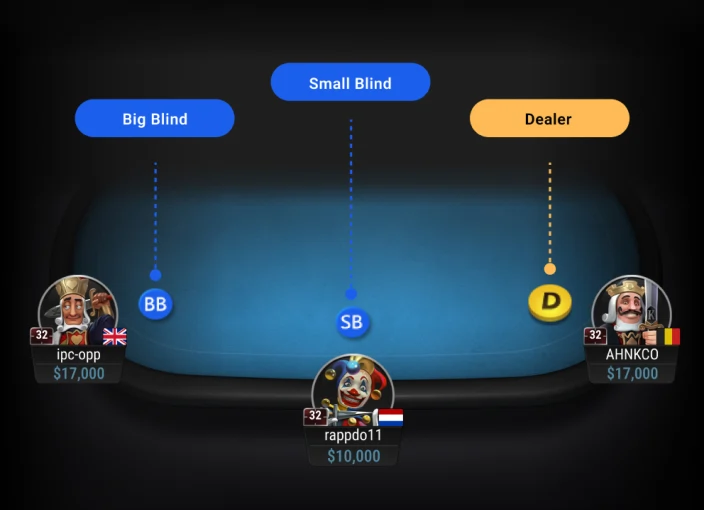What is Omaha Poker?
Since the early 1900s, Texas Hold’em has been growing in popularity and has been, since the late 1990s or early 2000s, the most popular form of poker. But people like variety, and eventually, like anything else, something had to change. And that change was Omaha. Much like Texas Hold’em, the origins of Omaha poker are shrouded in mystery, but it is known that the game was first introduced to Las Vegas by WSOP bracelet winner Robert Turner (1 bracelet and finished 6th in the 1994 World Series of Poker Main Event). Turner introduced the game to Bill Boyd, who won every Five Card Stud WSOP Bracelet ever offered and was the current director of operations at the Golden Nugget. Boyd liked Omaha High so much that he had it introduced in the card room. Omaha Hi-Lo was introduced later. Shortly thereafter, there would be multiple tables of people playing Omaha. And the rest, as they say, was history.
Omaha poker rules are nearly the same as Texas Hold’em. There are 2 differences between Omaha and Texas Hold'em; the first difference is that in Omaha, each player is dealt four hole cards instead of 2. Second, players make their best hand at the showdown using exactly two hole cards and three cards from the board. These adjustments to the game make for a poker game with bigger hands, more action, and deeper strategy. Generally played in a Pot-Limit format (also referenced as PL), Omaha can be played with any betting structure and as either Hi, Lo, or even a mixed game as Omaha Hi-Lo (sometimes called Omaha hi-low or Omaha poker H/L). At GGPoker, you can also find a 5-card and a 6-card version of the game, allowing for even bigger hands and more action. You can find all three versions of the game under the Omaha tab in the GGPoker Client. Regular Omaha will be designated with PLO (Pot Limit Omaha) in the description, while the 5-card version will be designated with PLO-5 and the 6-card version as PLO-6.










